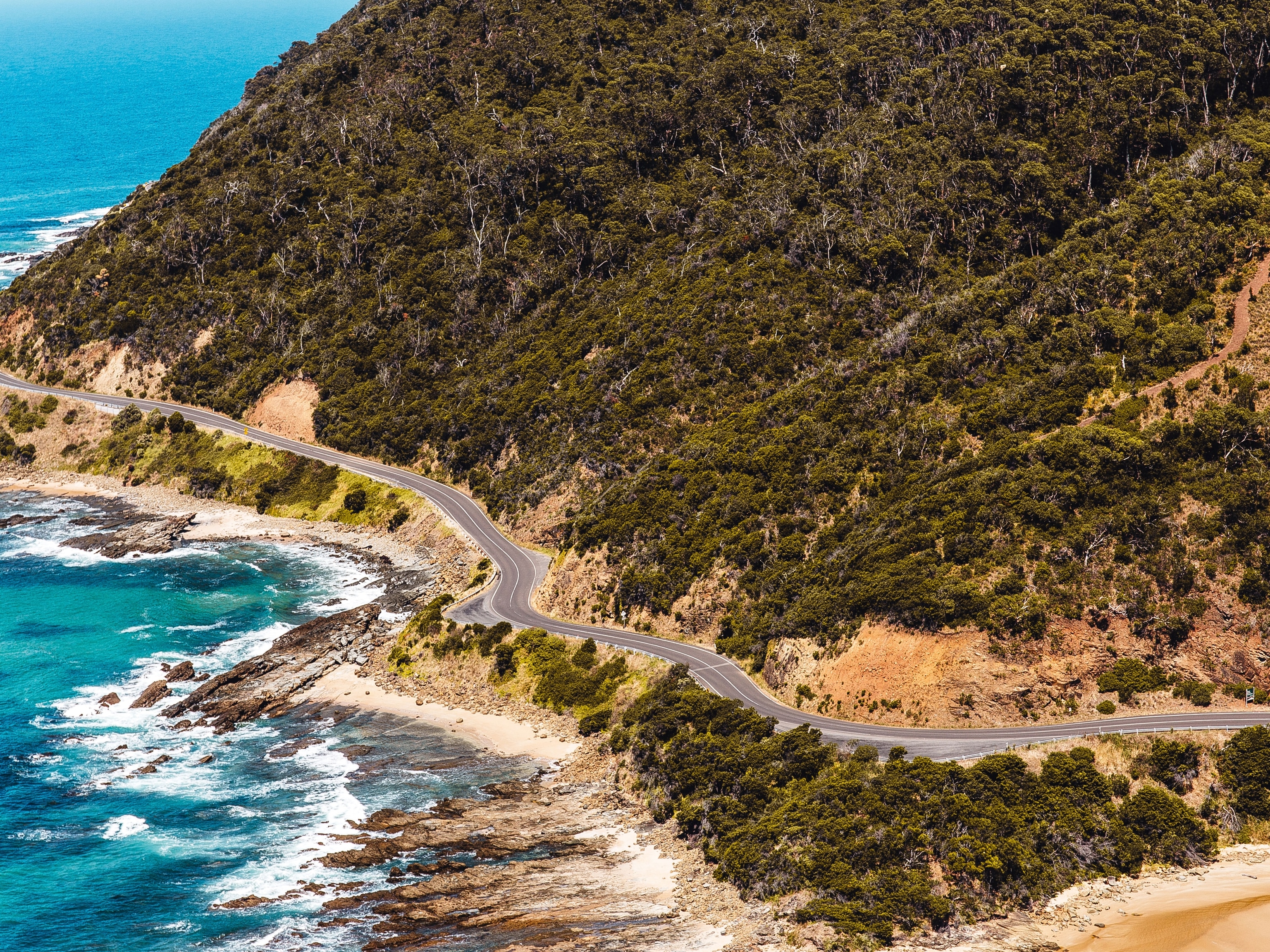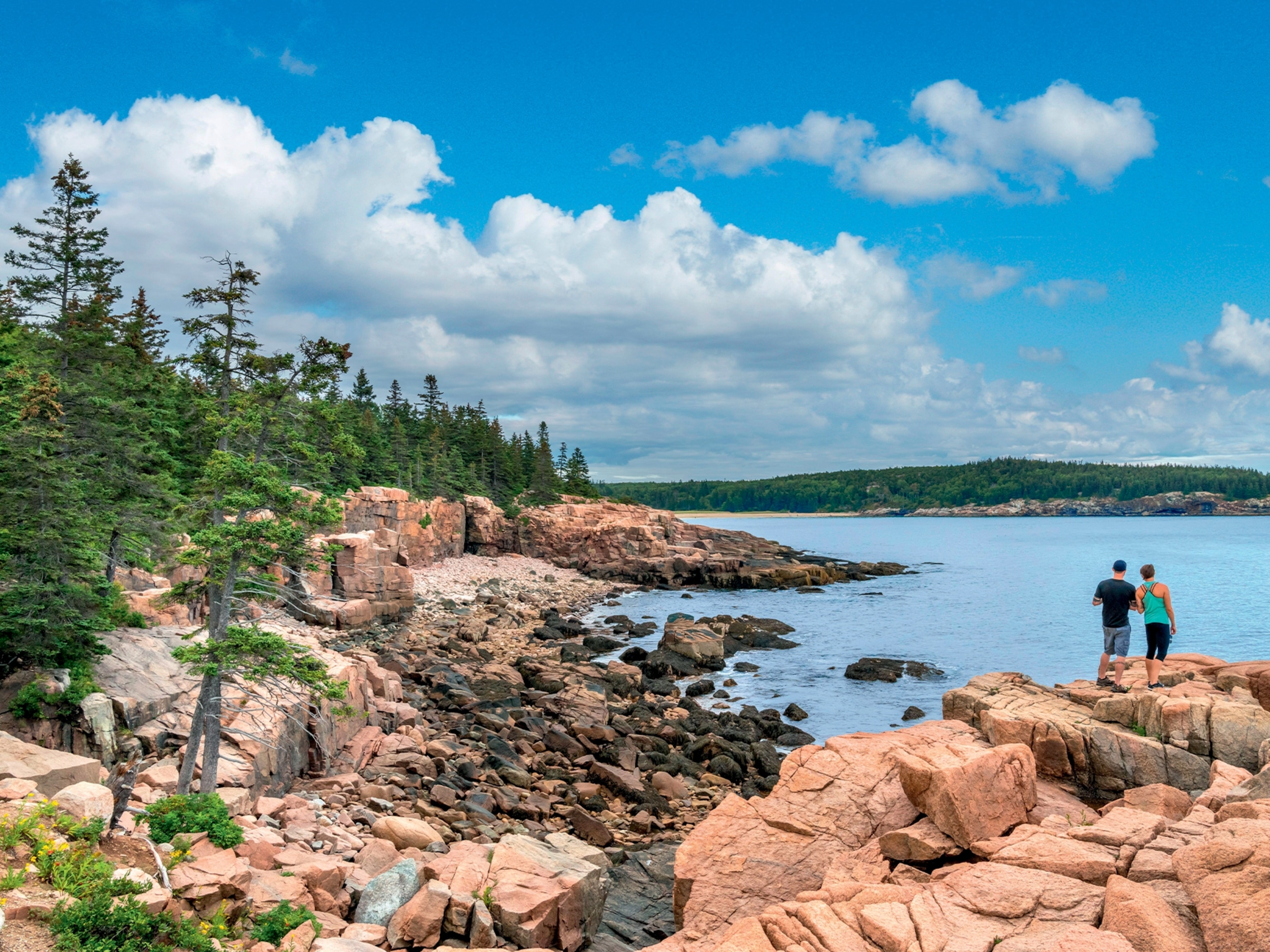
A practical guide to campervanning in Australia
From what you should bring to the best time to go, here's everything you need to know to plan an epic Australian road trip by campervan
Which campervan should I choose?
Campervans range from compact models, for two, to six-berth options with kitchens and bathrooms. Consider how much room you need and how comfortable you feel driving a larger vehicle. If you’ll be off-roading in remote areas, you need a 4WD variety. And if you’re staying on rudimentary campsites, such as in some national parks, you’ll be more comfortable with built-in bathroom facilities.
Do I need a special driver’s licence?
If you’re over 18, you can generally use your full UK licence to hire a campervan in Australia. But check with your hire company ahead of time, as requirements vary. If you have a licence in a non-English language, you must provide an International Driving Permit.
Can I drop off my van in a different place?
Most companies allow you to book one-way; just make sure there’s a convenient drop-off point at the end of your route. One-way rentals usually incur an extra fee.
When’s the best time to go?
The Melbourne to Adelaide and Western Australia routes are driveable all year round, but spring (October and November) and autumn (March and April) are best for sunshine with cooler climates. In summer, temperatures on both the east and west sides of Australia can reach the mid-40s. And check school term schedules at australia.com to avoid the holiday rushes.
Can I park anywhere overnight?
Rules on overnight stops for campervans are strict, so always stay in designated rest areas, campsites or national parks. To locate the best spots to park — with power, fresh water and bathroom and laundry facilities — try an app like CamperMate, which shows available sites on your route.
Any tips for going off-road?
Moderate your speed and watch carefully for obstacles such as rocks or deep ruts. If the ground is very sandy, lowering your tyre pressure can help with traction. Should you become stuck, try reversing along your tracks or digging carefully around the wheels to remove obstructions. Call emergency services on 000 if that doesn’t work.
How can I keep safe in remote areas?
Good preparation is vital. In many places, hours can go by before you encounter another person, and phone coverage can be patchy. Fill up your freshwater tank at every stop, and plan your petrol refills carefully (visit petrolspy.com.au). Check tyres and coolant levels on your campervan every 300 miles. And if you break down in a remote area, stay with your vehicle, as you will be much easier to find.
What about snakes and spiders?
Serious injuries from bites are rare. Shake out shoes and bedding before use, and use a torch at night to avoid surprises. Just in case, pick up a specialist snakebite kit at a chemist if you’re heading into the wild.
What should I take with me?
Campervan hire companies usually include basics such as bedding and kitchen utensils as standard, but you may need to purchase additional packages for items such as camping chairs and portable barbecues. Hire a reliable navigation tool such as GPS, and consider renting a satellite phone if you’re headed into the outback, where the signal is patchy.
To subscribe to National Geographic Traveller (UK) magazine click here. (Available in select countries only).





